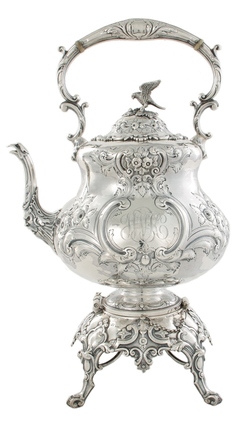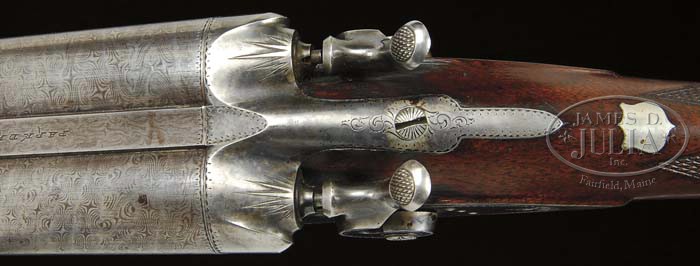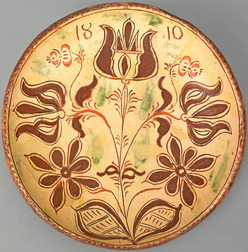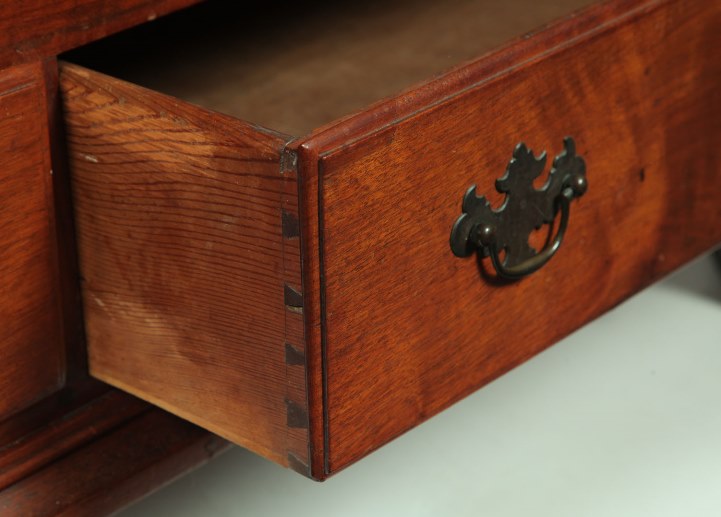 This week, it’s two for one! Malleable metals – copper, gold, silver, for example – primarily exhibit two essentially opposite techniques of shaping: repoussé and chasing. Repousse, a French word which means “pushed up,” is accomplished by hammering the back side of the sheet of metal to “push up” a design in relief. Chasing, also from French – chasser meaning to drive out or chase around – is simply the opposite: pressure applied to the front of an object to create a design by lowering portions of the metal below the surface. Most objects have both repousse and chasing (like the Martin & Hall Victorian sterling silver kettle on stand pictured here) as well as the third primary method of metal decoration, engraving.
This week, it’s two for one! Malleable metals – copper, gold, silver, for example – primarily exhibit two essentially opposite techniques of shaping: repoussé and chasing. Repousse, a French word which means “pushed up,” is accomplished by hammering the back side of the sheet of metal to “push up” a design in relief. Chasing, also from French – chasser meaning to drive out or chase around – is simply the opposite: pressure applied to the front of an object to create a design by lowering portions of the metal below the surface. Most objects have both repousse and chasing (like the Martin & Hall Victorian sterling silver kettle on stand pictured here) as well as the third primary method of metal decoration, engraving.
There are a variety of techniques for accomplishing repousse and chasing, but traditionally, the work was done with the aid of pitch or resin. The object would be placed on or, in the case of hollowware, surrounded by (or in the case of chasing, filled with), pitch, which would help soften and regulate the impact of any force applied by hammering. Then the pitch would be removed, the work would be reviewed and adjusted if necessary, and the pitch would be applied again for subsequent workings. Despite the time-consuming nature of the work, repousse and chasing are very cost-effective, as no metal is actually removed.
Traditionally, this was done with the aid of pitch or resin. The object would be placed on or, in the case of hollowware, surrounded by (or in the case of chasing, filled with), pitch, which would help soften and regulate the impact of any force applied by hammering. Then the pitch would be removed, the work would be reviewed and adjusted if necessary, and the pitch would be applied again for subsequent workings. Despite the time-consuming nature of the work, repousse is very cost-effective, as no metal is actually removed.


![Thomas Clarkson Oliver, called Clark Oliver (American, 1827 to 1893) oil on artist board [marine] painting, Two Ships in a Storm, en grisaille, signed and dated "Clark Oliver 1889" in pencil lower right](http://www.prices4antiques.com/item_images/medium/67/74/08-01.jpg)




